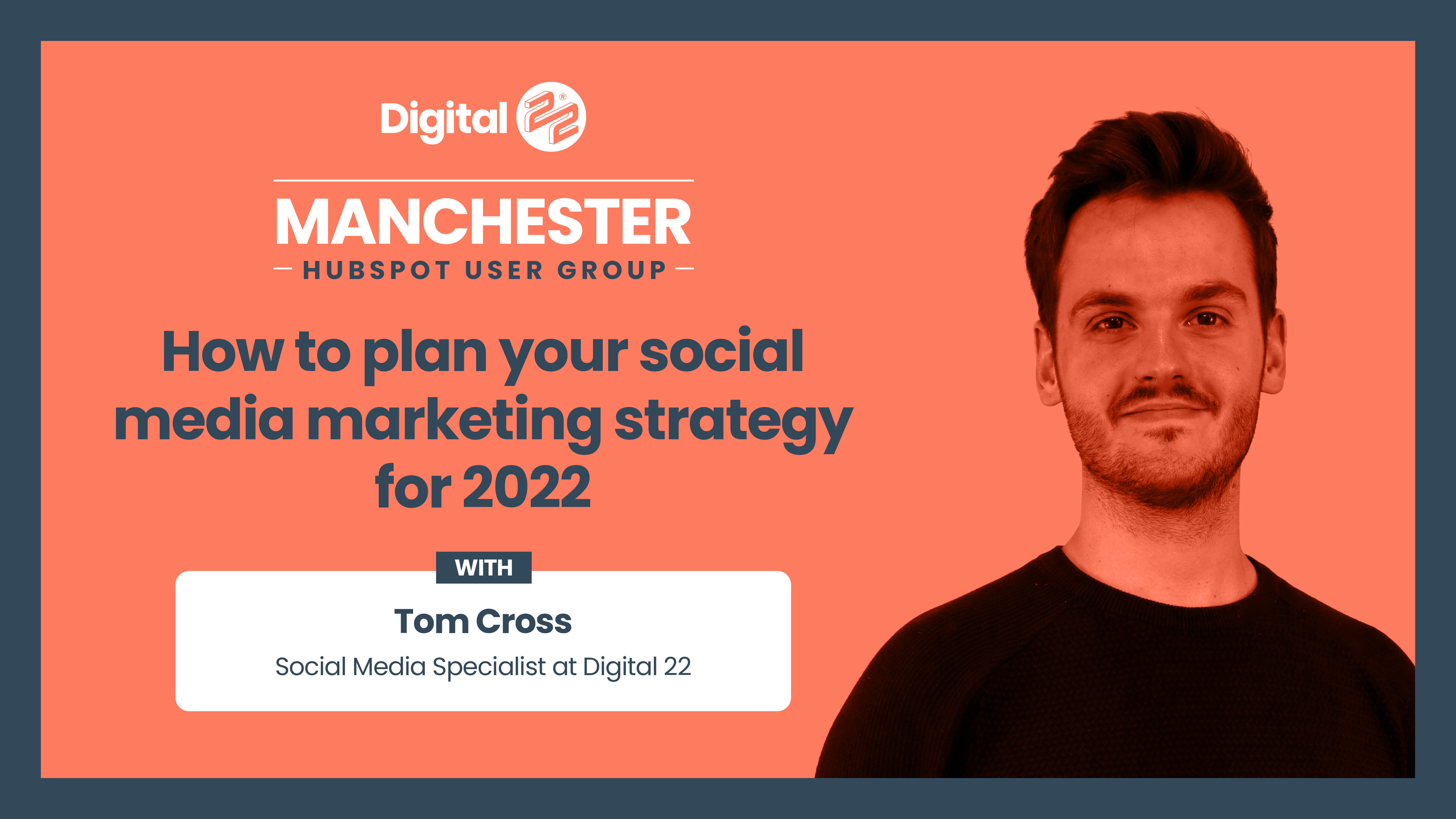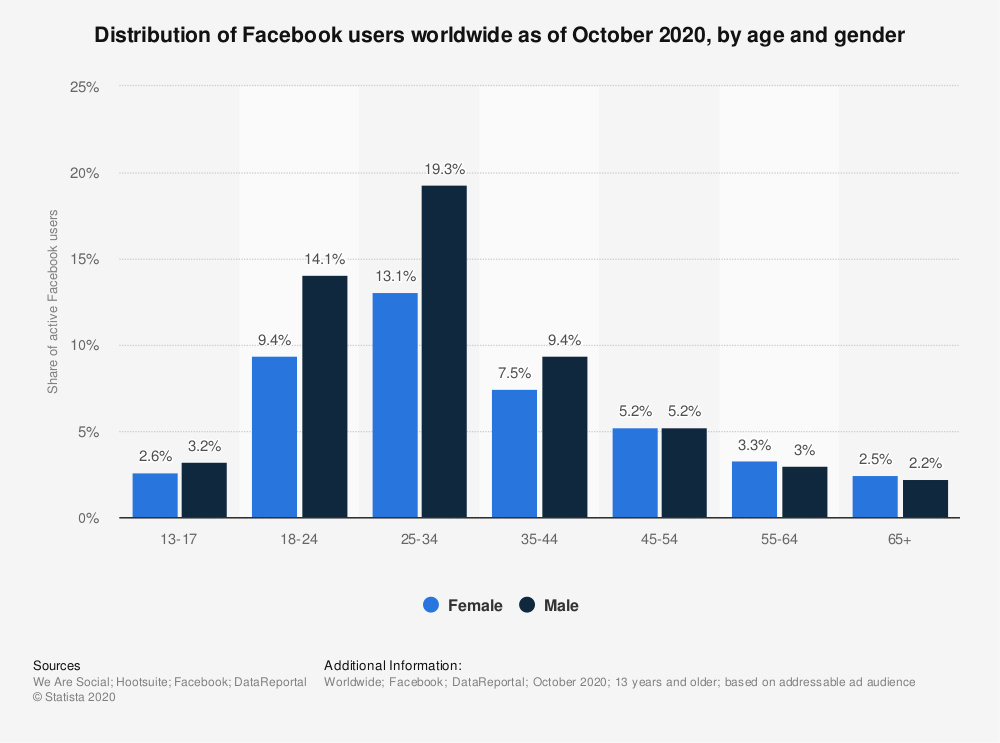
B2B companies have many options for content marketing ideas. White papers and product comparison guides are just a couple of examples of content. Blog posts and video content can also be used. Each of these content types can be effective, depending on the target audience and business model. Multiple content types are required to create content for businesses in B2B that converts prospects and customers. Here are some examples of content types that will generate leads:
White papers
White papers are a great way of generating leads and brand awareness. If done correctly, white papers can serve as the inspiration for a full year of content marketing. It is valuable to have timely data, but it can also hinder your content development six-months after the paper has been published. Research and surveys are necessary to create a whitepaper that is highly successful. It's also helpful to identify your target audience so that you can brainstorm possible problems or solutions.
Product comparison guides
Buyer's Guides are a good content marketing idea. They appeal to the reader's desire for information. In the defense industry, for example, consumers are concerned about counterfeit parts, incomplete quotes, and inaccurate data. These buyers may be able to use a guideline to help them choose the right product for them. This guide also helps buyers determine the price of a product. Product comparison guides can be a great content marketing idea because they emphasize the benefits the buyer will receive if he/she buys informed.

Blog posts
A plumber wouldn't talk about changing the piping in the bathroom. Instead, your writing might focus on modern faucets or rescuing an overflowing faucet. You might consider using pop culture references as a way to relate your niche to other plumbers. Consider including a brief summary of what you learned in this post, or compare it to your industry. You can also benefit from the power of NICHE TOOLS as a plumber.
Video content
Written content and infographics are great ways to engage people, but videos can help you reach new audiences and get leads. Potential customers can learn more about your brand by viewing a video that highlights your company's history, strengths and challenges. This content can make you stand out among your competitors. For example, SimblaOCO's company overview video invites any viewer to experience the creation of a website. Although videos are not easy to make, they can have many benefits for your marketing campaigns.
Gated resources
Make sure to consider creating gated content for your website. These are long-form content pieces that provide value to your audience. These resources can help you become an authority in your field and encourage more people to download your offers. Here are some ideas to create gated content. Keep reading to learn more about how to make your gated resources even more effective. These tips are important to remember. Gated resources must be easy to download and engage with.

FAQ
How much does content marketing cost?
Prices for content marketing vary depending on whether the solution is outsourced or managed by you. Outsourcing content marketing services are usually cheaper than hiring full-time employees, allowing you to scale quickly when you need more coverage.
HubSpot research shows that outsourcing content production can cost around $5 per lead (for B2B businesses) and $22 per lead (for consumer brands).
But, you don't have to pay a lot of money for content marketing tools. These can be used to create high-converting content.
You have many options to optimize content for search engines such as Google and Bing. For example, you can write original articles, guest post on blogs, curate content from other websites, and repurpose existing materials.
You will need to know how to create great content if you decide to go the self-produced content route. Producing content will become relatively simple once you've mastered it.
Start by creating basic landing pages with WordPress. Then, you can move on to building your website. You can then build your portfolio over time.
What is content marketing's main goal?
Content marketing aims to create valuable and relevant information for customers. This can be achieved through various channels, such as email campaigns and white papers. It is important to provide value to your target audience.
How long should my Content Marketing be effective?
That depends on your goals. Different businesses have different goals. Some are focused on short-term results while others seek long-term growth. We recommend three months of consistent content generation and then reevaluating the process after that period.
What is the difference between content marketing and content creation?
Content marketing is the idea that all great brands have the same message. They provide valuable information that people need and want.
Content marketers know how to create the right content for each channel at different times.
They also have the ability to devise a plan for distribution and promotion.
Also, they are strategic about what they do and why they do it.
This core skill is essential for a content marketer to succeed.
Statistics
- To further show the importance of this, 89% of people have stopped doing business with a company because of a poor experience. (neilpatel.com)
- This marketing strategy landed Ford a 15.4% conversion rate. (neilpatel.com)
- According to our research, 65% of companies with very successful content marketing in 2021 ran content audits at least twice a year. (semrush.com)
- According to our research, brand awareness, attracting traffic, and generating leads remain the key content marketing goals in 2022. (semrush.com)
- According to the Content Marketing Institute, 70% of B2B marketers and 86% of B2C marketers surveyed use content marketing in some form or other. (criteo.com)
- In fact, would pay more for a better customer experience, and 86% of B2B buyers would pay more. (neilpatel.com)
- Seventy-two percent business to business (B2B) (mailchimp.com)
- Content marketing produces 3X more leads per dollar spent. Content marketing costs 62% less than traditional marketing. (criteo.com)
External Links
How To
Content Marketing Tips: Infographic Creation Tips
Infographics are a powerful way to simplify complicated concepts, and make information easier to understand. Content marketing aims to provide useful and valuable information to your target audience, so you should consider using infographics to help spread this message.
To create an infographic using design software such Adobe Illustrator, Photoshop or other similar programs, you will need Adobe Illustrator. These programs can be used for drawing out shapes and elements to represent data. After that, you can add fonts and colors to make it look professional. After your design is complete, you can upload images from Unsplash and Pixabay to your design.
Looking at other infographics online can help you get ideas. You could use a photo of a food pyramid to show the calories in particular foods. Then, replace those numbers with photos of the foods. Or you could look at how many sugars are found in soda pop and replace that number with a picture from a Coke bottle.
Once you've designed your infographic, you can share it through social media channels like Facebook and Twitter. This allows people to learn more about the concept, even if they aren't familiar. Use hashtags to let others know what infographic you are sharing on social media. Hashtags allow users to follow along with conversations surrounding specific topics.
An infographic is a shorter version of a blog post. An average blog post will be between 2000 and 5000 words. An infographic, however, only needs 500 to 1000 words. You can communicate more information in less space.
Keep in mind that viewers may have difficulty reading small fonts when creating your infographic. Make sure you use large enough fonts and don't rely too heavily on color for your graphics. Make sure all text is legible.
These are additional tips:
-
Select an Infographic Template. There are many free templates online. Canva, Piktochart and Google Slides are the most used templates.
-
Make your Infographic. Use the template to create your infographic. Any media you choose is acceptable for your audience. In this example, photos of Seattle restaurants might be used to create an infographic about Seattle's best restaurants.
-
Add text. Once you've created your infographic, add text using Microsoft Word, PowerPoint, or Canva.
-
Add Images. You can also add images to your infographic. These can be pictures, charts, graphs, or icons. You should make sure that the picture you upload is related to your topic.
-
Make It Interactive. You can add interactive elements, such as maps, buttons, and links. This will help engage your audience.
-
Share. Share your infographic when you are done.
-
Measure. What was the performance of your infographic? Did people click on your website? Did they sign-up for your email address? Was their reaction to the infographic?
-
Improve. Do you have any suggestions for improving your infographics? Is there anything you could do better?
-
Repeat. Repeat.